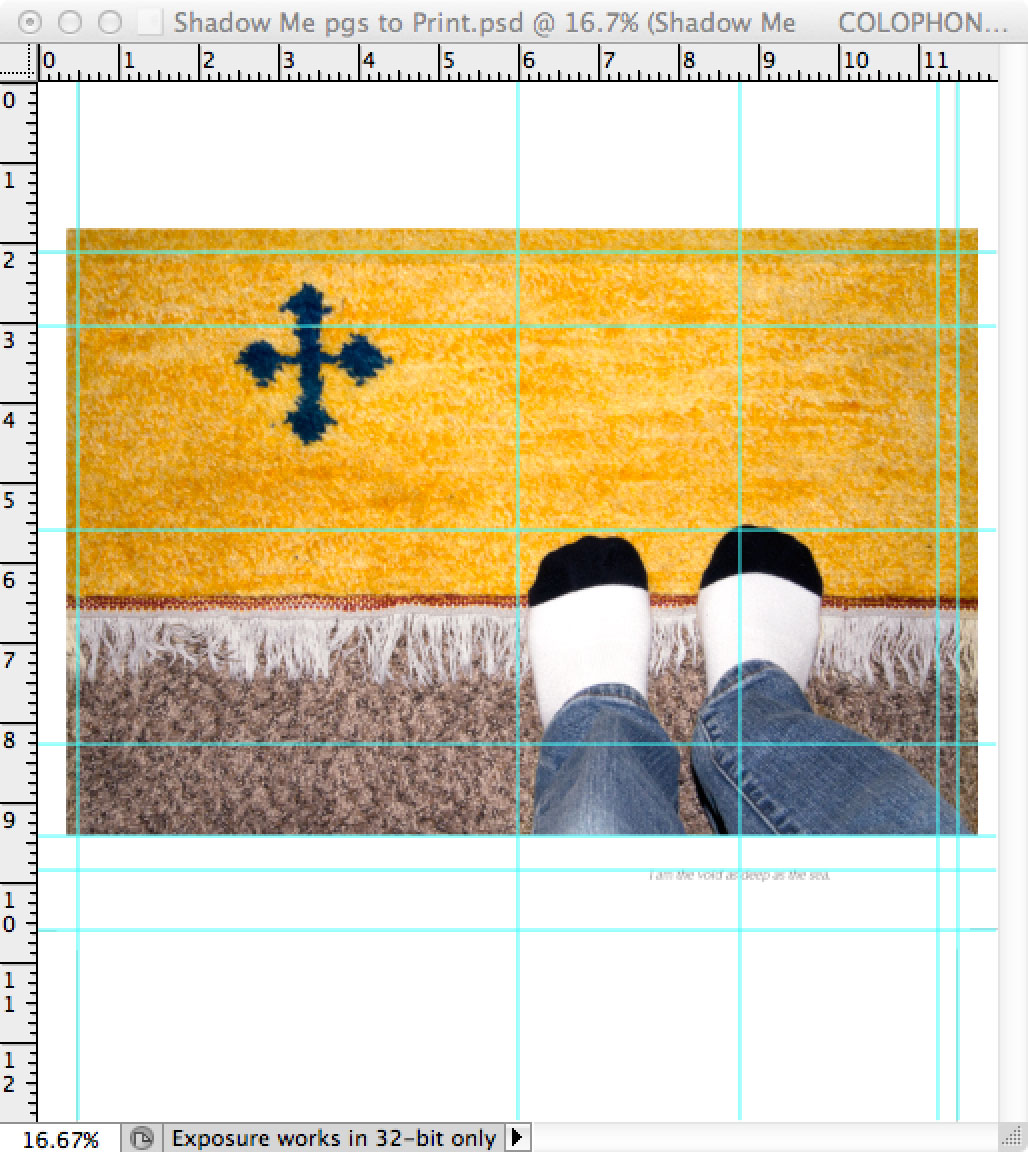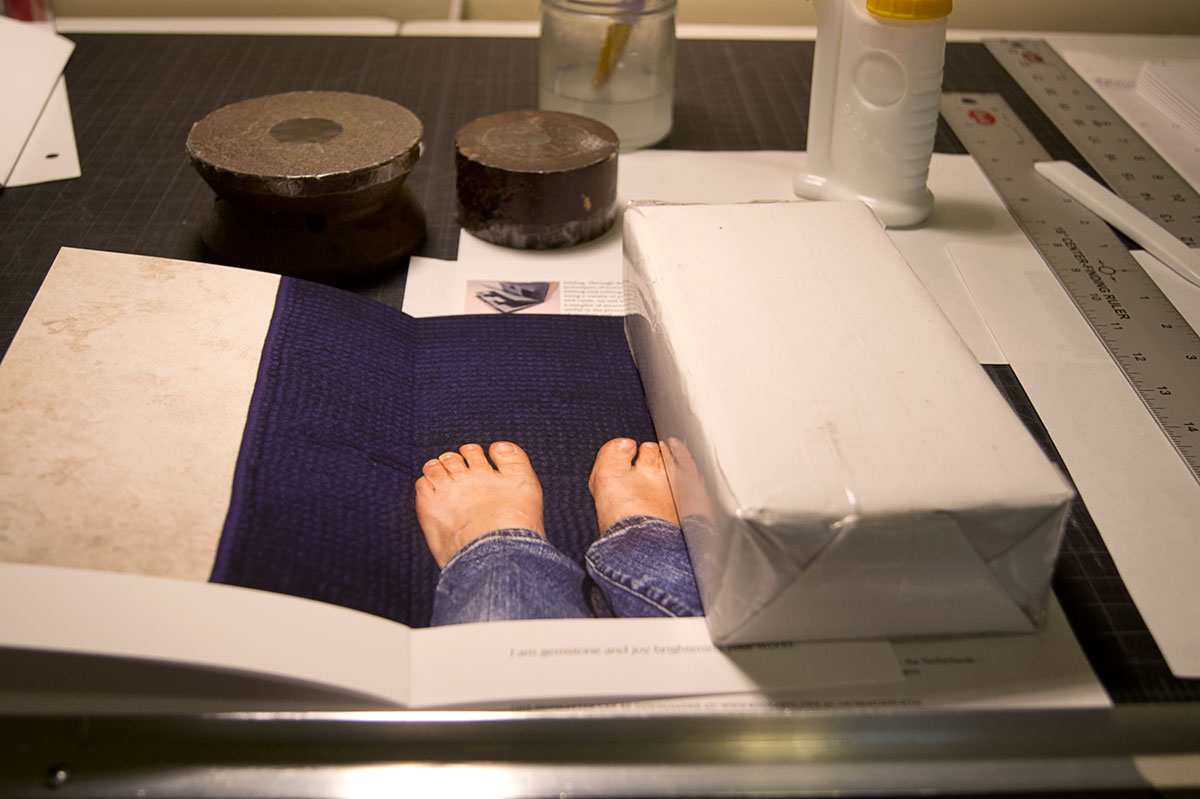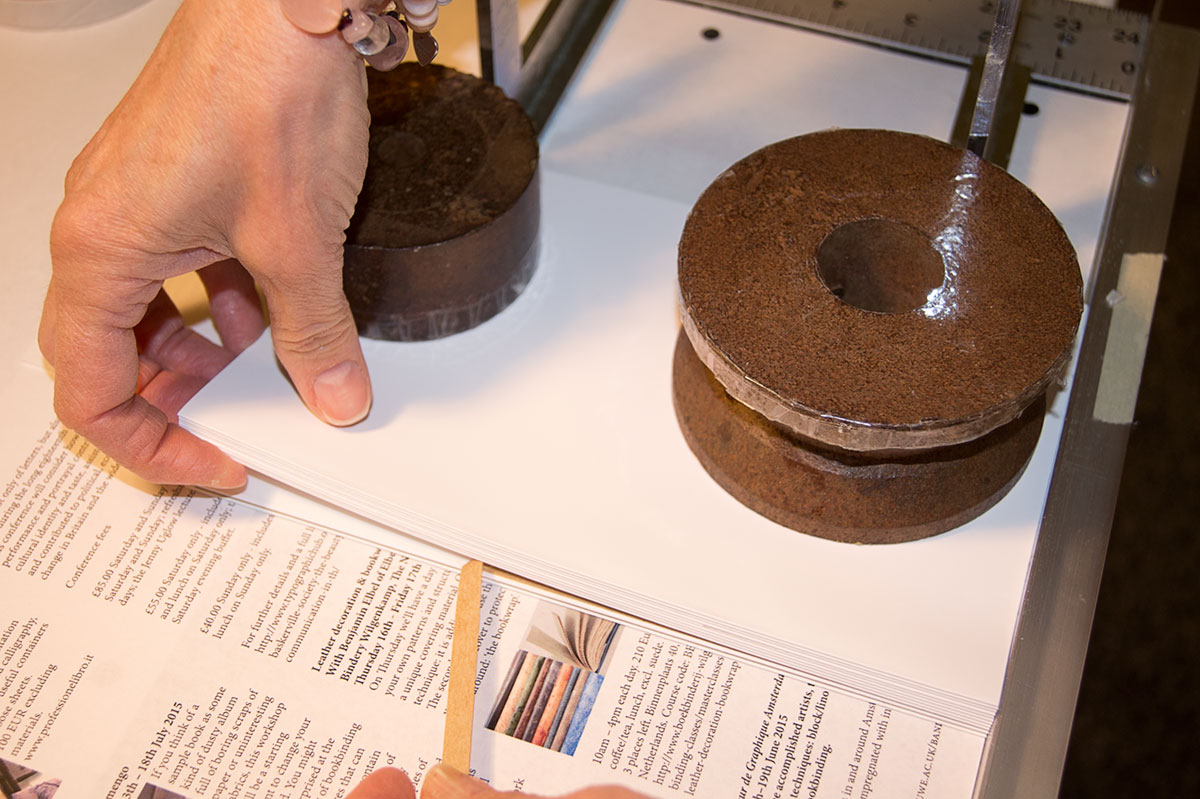Change /CHānj/: to make or become different, to transform, to alter.
© 2017 Louise Levergneux, Spring around Avimor in Boise, Idaho
Spring brings many changes, the season helps to renew our vitality. The drumleaf binding for my last artists’ book Shadow Me was a transformation. Learning brings change.
2017, the year of the Fire Rooster brought a significant change of energy for all of us and is providing a strong foundation for us to reach a new level and redefine a new destination!
© 2017 Louise Levergneux, Spring in the foothills of Boise, Idaho
How true is this? Many people are changing their lives this year, moving from one place to another, changing jobs, retiring, the list goes on in many forms?
People are adapting to new circumstances, modifying their philosophies, revising their finances. Others are remodeling their homes, restyling their wardrobe, revamping their hairstyle, reorganizing their thoughts or simply learning new bindings.
My adjustment is a new lifestyle. I’m thinking of retiring from creating artists’ books. Should I close shop? Art has always defined me, it is who I am so the question is hard to answer but there it is, lingering over my head. For now, my books are in my thoughts, I might bring my ideas to fruition later.
Travel is the key at the moment, this will allow me to transform my work if I continue creating. The journey will take me to new directions, where I could connect with artists, librarians, organizations, and centers across Canada and the US.
My artists’ book Finding Home was the beginning. It exemplified my need to find where I belonged after a move to Boise, Idaho, in June of 2015. I’ve concluded Canada is the place for me, my place to belong.
© 2017 Louise Levergneux, trails in Avimor, Idaho
Transformation in my world will be a great opportunity to meet with you and talk on the subject of artists' books, visit your studio, and blog. See you soon!
© 2017 Louise Levergneux, hiking the trails edge in Avimor, Idaho









































